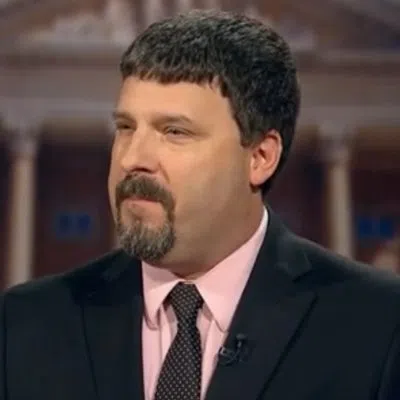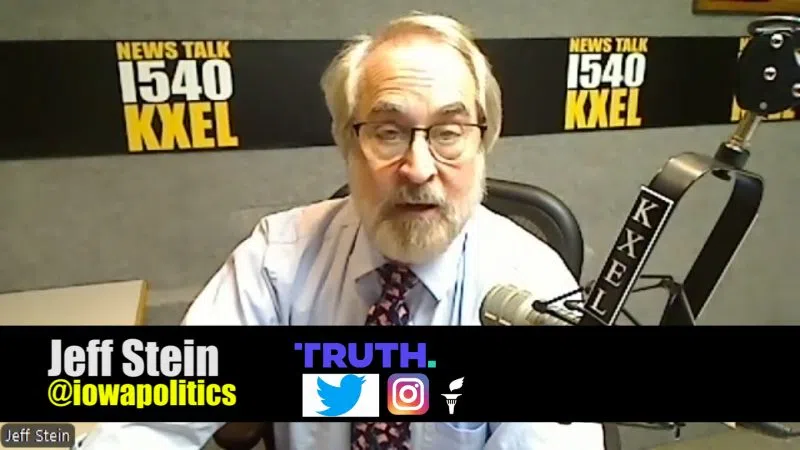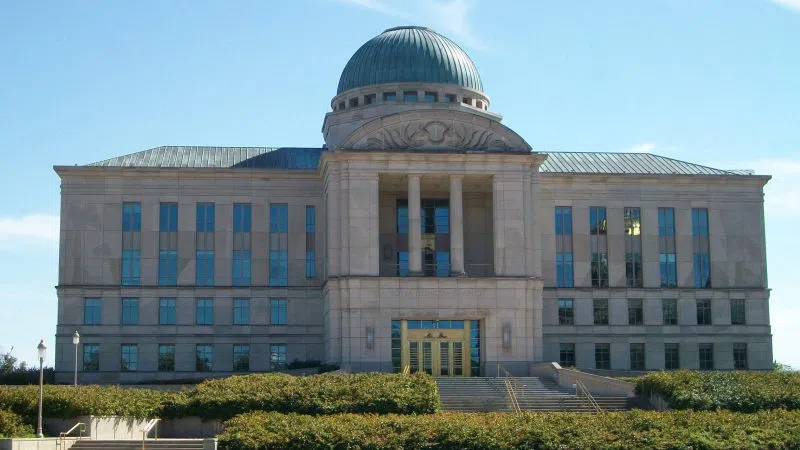(NEW YORK) — Marginalized communities, especially those with higher-than-average minority populations, are more likely to be exposed to air pollution in the U.S., according to new research.
Communities with large populations of Black, Asian and Hispanic or Latino residents have been found to experience more exposure to fine particulate pollutants than other areas of the U.S. with higher-than-average populations of white and Native American residents, according to a study published Wednesday in Nature. Fine particulate matters of diameters smaller than 2.5 micrometers (PM2.5) have been identified as the fifth-highest risk factor for global mortality.
In 2016, the average concentration of fine particulate matter to which Black populations were exposed was 13.7% higher than that affecting white populations and 36.3% higher than that affecting Native American populations, according to the study.
Conversely, the study found that the communities mostly up made of white and Native American residents were found to have been “consistently exposed” to lower-than-average levels of pollution.
Researchers from Harvard University combined pollution data with the census data from 2000 and 2016, which included information such as zip codes and median household income, to find out how pollution exposure levels varied across different racial and ethnic groups, Abdulrahman Jbaily, a former postdoctoral research fellow at the Harvard T.H. Chan School of Public Health and co-author of the study, told ABC News.
The scientists found that even though there was a favorable trend in pollution reduction over the years, it was accompanied by persisting disparities among both racial and ethnic groups and the income groups, and the disparities across the racial and ethnic groups were “much more apparent than” those across the income groups, Jbaily said.
Between 2004 and 2016, areas with lower income groups have been consistently exposed to slightly higher pollutant levels than those with higher income groups, according to the study.
Researchers also found that, up to 2016, there were still several populations living below safety standards on PM2.5 set by the Environmental Protection Agency, and that the populations living above the standards were likely not equally distributed across all ethnic groups, Jbaily said, adding that the study did not look into the drivers of the pollution.
The poor have historically borne the burden of environmental problems like pollution, climate justice experts told ABC News.
Racialized and lower-income communities are dealing with the consequences of living near undesirable locations, such as industrial complexes, highways running next door to their neighborhoods and even outpatient facilities for drug use, Cheryl Teelucksingh, Ph.D, professor of environmental justice and chair of the sociology department at Ryerson University in Toronto, told ABC News.
They’re often isolated there after decades residential patterns such as redlining and gentrification and the fact that city centers are often expensive, Stefanie Chambers, a professor of political science at Trinity College with an expertise in environmental justice, told ABC News.
“You need to have a fair amount of financial resources in order to live in particular neighborhoods,” Teelucksingh said.
Lower-income communities are also more vulnerable to pollution because they lack the time and resources to attend procedural meetings at city hall or hire lawyers and lobbyists to fight on their behalf against land being used for undesirable reasons so close to their homes, the experts said.
“Those individuals have a hard time making political headway and advocating for themselves and the health of their families and children,” Chambers said. “It’s not that they don’t care, of course. It’s that they lack the resources often to influence the political system.”
As global warming continues, poor communities will also bear the brunt of the destruction, the experts said. Vulnerable members of society are already dying by the dozens in extreme temperatures events, such as the freeze in Texas last February and the multiple record-breaking heat waves in the Pacific Northwest last summer. As storms get stronger, flooding gets worse, already failing infrastructures are destroyed and drinking water is diminished, the poorest communities around the world will experience the consequences first and the most heavily.
Jbaily said he hopes the findings help to guide policymakers to move toward not only reducing pollution but targeting climate justice at the same time.
Copyright © 2022, ABC Audio. All rights reserved.













